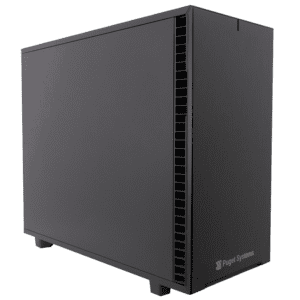During a recent computer component purchase, I learned that purchasing isn’t just about acquiring a product. You are creating relationships. Even if they may be micro-relationships, they are relationships all the same. So you just have to determine which type you wish to have.
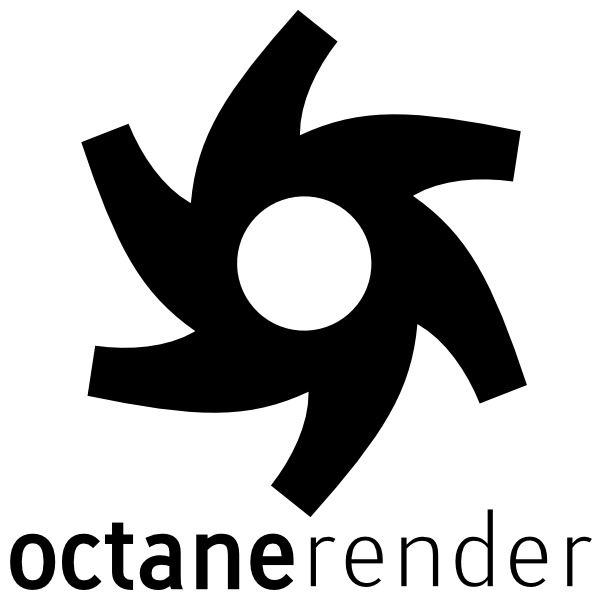
OctaneBench 2019 Performance Preview
OTOY is nearing completion of OctaneBench 2019, the first version of their OctaneRender benchmark to support the new RTX technology in NVIDIA’s Turing-based GeForce and Quadro video cards. We will do a full performance roundup when OB 2019 is finished, but for now I wanted to put out a quick preview of the performance increase that RTX tech can bring to GPU rendering.
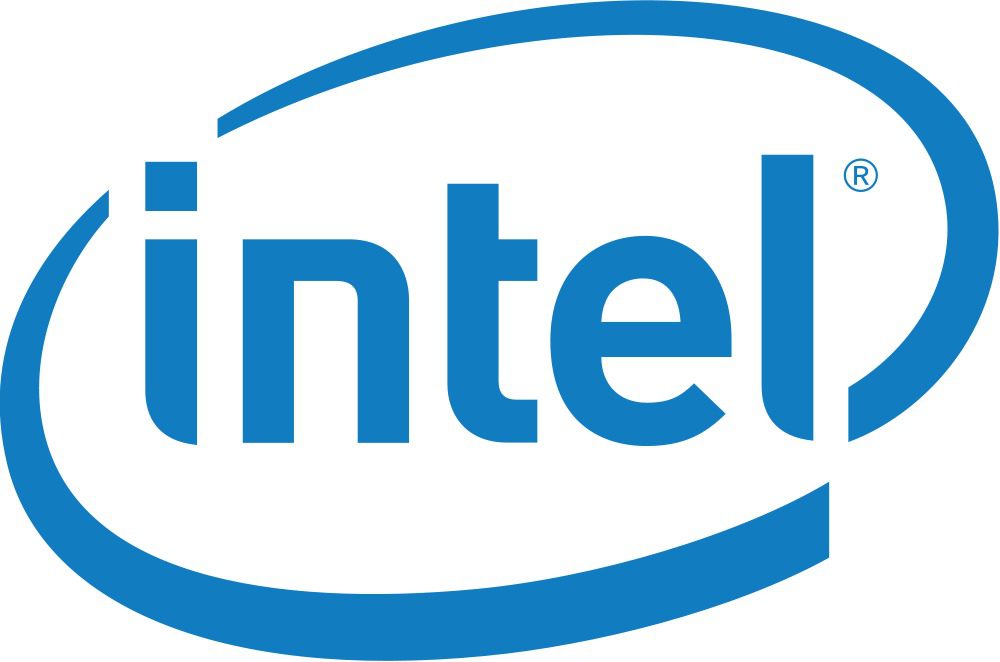
Intels Core Xperiment i9 9990XE
Intel launched a new processor in their Core X series recently, and it is novel in many ways. It combines a fairly high core count with very high clock speeds, at the cost of power consumption and high heat output. It also is very limited in availability, being offered only to select system integrators via a private auction. We got our hands on one in the first auction, and have been putting it through several rounds of benchmarking to see if it is worth the price and hassle, as well as to determine if we will be offering it in our workstations.
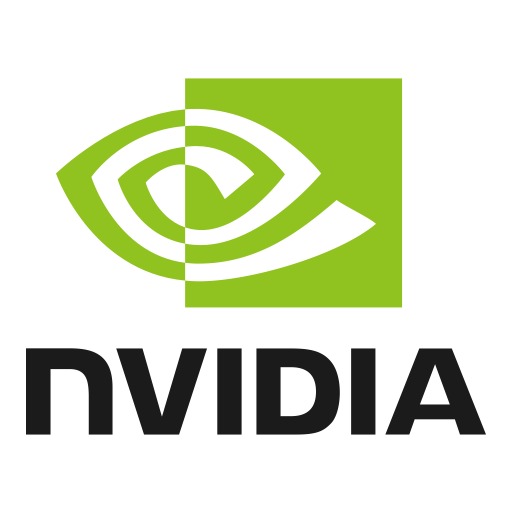
NVIDIA RTX Graphics Card Cooling Issues
With the RTX series of GPUs, NVIDIA has moved to using dual fans as the standard cooling layout on their GeForce and Titan video cards. This is a big change from past generations and has even bigger implications for using NVIDIA graphics cards in multi-GPU workstations. Let’s look at what changed, what it impacts, and what can be done to work around it.
Graphite Pads vs. Thermal Paste: Which Is Better?
Rather than applying from a tube like thermal paste, graphite pads are sheets of material that you simply set on top of the CPU and throw on the heatsink. They work great, but unfortunately we found that they have issues if you try to reuse them multiple times.
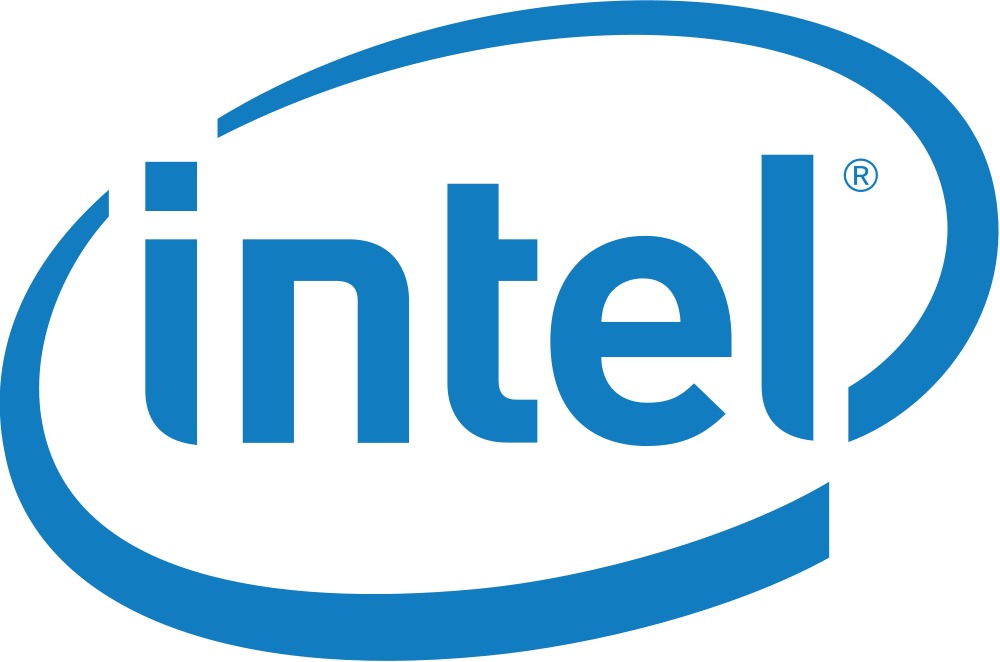
Intel Announces New 9th Gen Core CPU Series
Today Intel has officially announced the launch of new mainstream desktop processors, including the first Core i9 branded chip for this market segment. We are testing these processors now, and are excited about what we have found so far, but cannot publish performance data until October 19th.
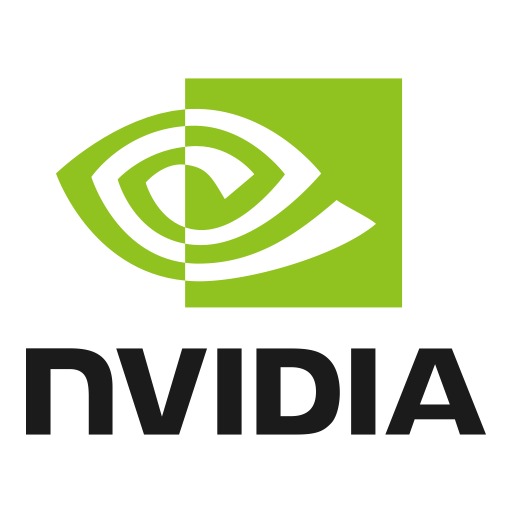
Not Just for Gaming: NVIDIA GeForce RTX Will Improve Workflows
NVIDIAs new GeForce RTX video cards have been all the talk lately. There is a lot of debate on the value that real time ray tracing brings to games, and some questions on how useful these cards will be to traditional ray traced renderers. With these cards becoming available for testing, and reviews starting to come in, many of these questions will be answered. However, there is an aspect to these cards that is often being overlooked: how the advances in real time ray tracing will dramatically cut down on production time before the rendering stage.
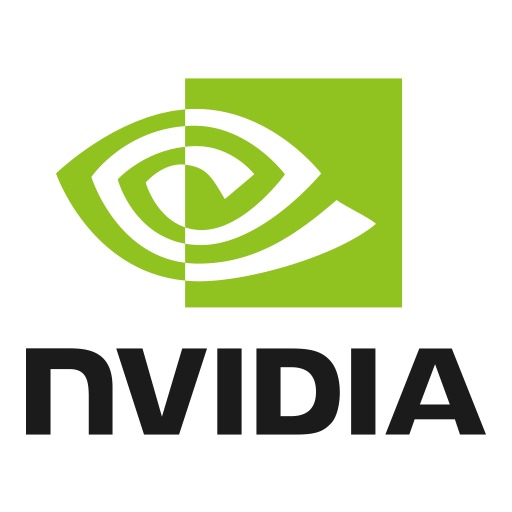
What Does the Launch of the GeForce RTX 20 Series Mean for the Future?
Like many of you, I was glued to my computer screen this morning during NVIDIA’s live-stream of the GeForce RTX 20 series launch. But what exactly was shown today, and what does it mean for the future of gaming, virtual reality, and other GPU-based applications?
2nd Gen AMD Ryzen Supported RAM Speeds
Just like the original Ryzen CPUs, the 2nd Gen Ryzen processors from AMD support a range of different RAM speeds depending on a number of factors. This information is not easily accessible to the public, however, so we decided to put together a quick post with the information we received from our contacts at AMD.

How to Use Cinebench to Predict Cinema 4D Performance
Here at Puget Systems, it is our goal to perform realistic testing on the software packages we tailor our workstations toward. Sometimes this is easy, sometimes it is harder… and sometimes a software maker already provides their own benchmark tool. That is the case with Maxon, makers of Cinema 4D, as well as the free benchmark, took Cinebench. To determine whether we should use it, though, we have to ask some questions. Is Cinebench really a good benchmark for Cinema 4D? How do the tests it runs relate to real-world performance?
